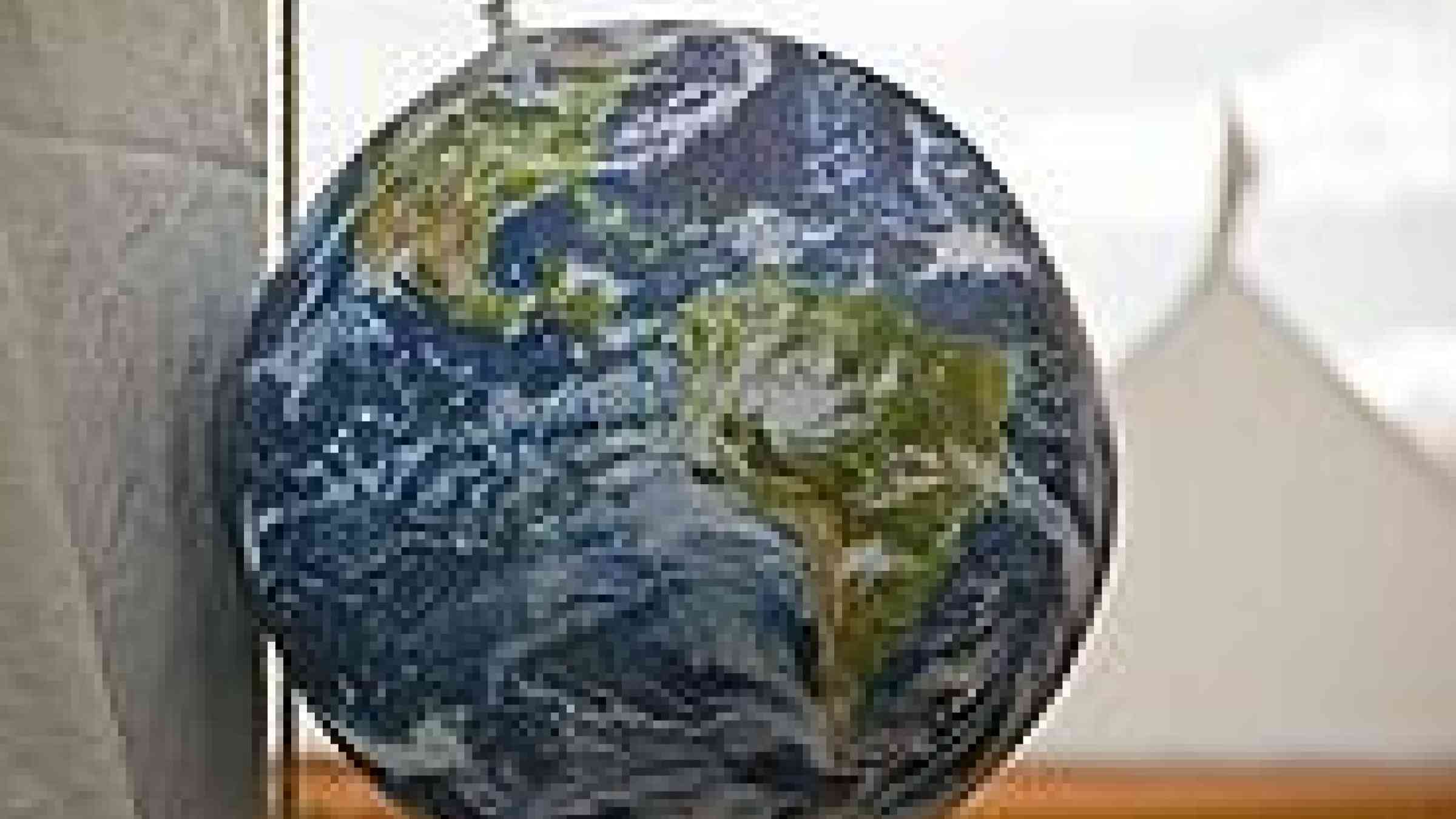Maplecroft study shows lack of resilience heightens risks

Maplecroft press release
China, India, Philippines and Indonesia have highest economic risk from natural disasters
Despite the US and Japan having the highest economic exposure to natural hazards, it is the emerging economies of China, India, Philippines and Indonesia, which pose the most risk to investors due to a lack of capacity to combat the impacts of a major disaster.
According to the Natural Hazards Risk Atlas 2011 (NRHA), released by risk analysis and mapping firm Maplecroft, these countries are not only at 'high' and 'extreme risk' from economic exposure to natural hazards, such as earthquakes, tsunamis, tropical cyclones, floods and drought, they also lack the resilience to mitigate the disruption a major event would have on their societies and economies.
The NRHA is designed to help companies and investors to assess and compare the risks and resilience to the occurrence of natural hazards around the world. The atlas includes indices and interactive subnational maps of 12 natural hazard risks and measures countries' overall economic exposure and socio-economic resilience to natural hazards.
Out of the 196 countries rated, USA (1), Japan (2), China (3) and Taiwan (4) were the only nations to be categorised as "extreme risk" for absolute economic exposure to natural hazards. However, the large emerging economies of Mexico (5), India (6), Philippines (7), Turkey (8) and Indonesia (9), are classified as 'high risk' and feature in the top 10. Italy (10) and Canada (11) are the only other countries to be rated as 'high risk.'
Natural hazards have been more costly to the world economy in 2011 so far than any other year on record. The tsunami in Japan, tornadoes in the US, the Christchurch earthquake and flooding in Australia have all contributed to a massive $265 billion total for the first six months of the year.
Economic exposure though, is only half the story. Countries such as the US and Japan are rated as 'low risk' in Maplecroft's Natural Hazards - Socio-economic Resilience Index, whereas China, India, the Philippines and Indonesia feature in the 'high risk' category.
Maplecroft's analysis states that whilst the large developed economies of the US and Japan have the greatest economic output exposed to major natural hazards, they also have the socio-economic resilience to withstand their impacts. This includes: economic strength, strong governance, well established infrastructures, disaster preparedness and tight building regulations designed to minimise the effects of natural hazards on the populace.
"The emerging economies, although buoyant with growth, lack the socio-economic conditions to limit their disaster risk. This lack of resilience could threaten their economic growth and the extent to which businesses with operations there hope to flourish," says Professor Alyson Warhurst, CEO of Maplecroft. "Much of the growth of emerging economies is now based on increasing domestic consumption. As their relative purchasing power grows, so too will the absolute economic value exposed to natural hazards."
The UN, for instance, states that Japan, for instance, has nearly 40% more people exposed to tropical cyclones than the Philippines. Yet if both countries experienced similar sized cyclones, fatalities in the Philippines would be 17 times higher than in Japan.
However, this is not to say that Japan is immune to the effects of severe natural disasters. The damage from the 11th March 2011 earthquake and tsunami has caused sustained disruption to infrastructure and energy distribution, with knock on implications for companies and the general populace. The earthquake was the fourth largest ever recorded and would have caused much wider destruction in many other societies. Japan's socio-economic resilience and disaster preparedness enabled the country to limit much of the damage caused by the earthquake. However, the country was unprepared for a tsunami of this magnitude, which caused the majority of the damage. The effects of such a disaster on the 'high risk,' emerging economies is potentially devastating.
According to Maplecroft, due to the rising economic power of the major emerging economies of China, India, Philippines and Indonesia, the occurrence of a major natural disaster in these countries may also have global economic impacts and severely affect the supply chains of business. Investors, who are currently diversifying portfolios into Asian countries, also need to factor in natural hazards risks in to their investment strategies.
"Companies which are dependent upon a global network of suppliers are inevitably likely to be exposed to disruption and financial losses following the occurrence of a natural disaster," said Principal Natural Hazards Analyst at Maplecroft, Helen Hodge. "Organisations need to monitor risks and build their own organisational resilience. Just as the strength of a country's resilience will determine their economic recovery, the strength of business resilience will be reflected in their management of business continuity and recovery."